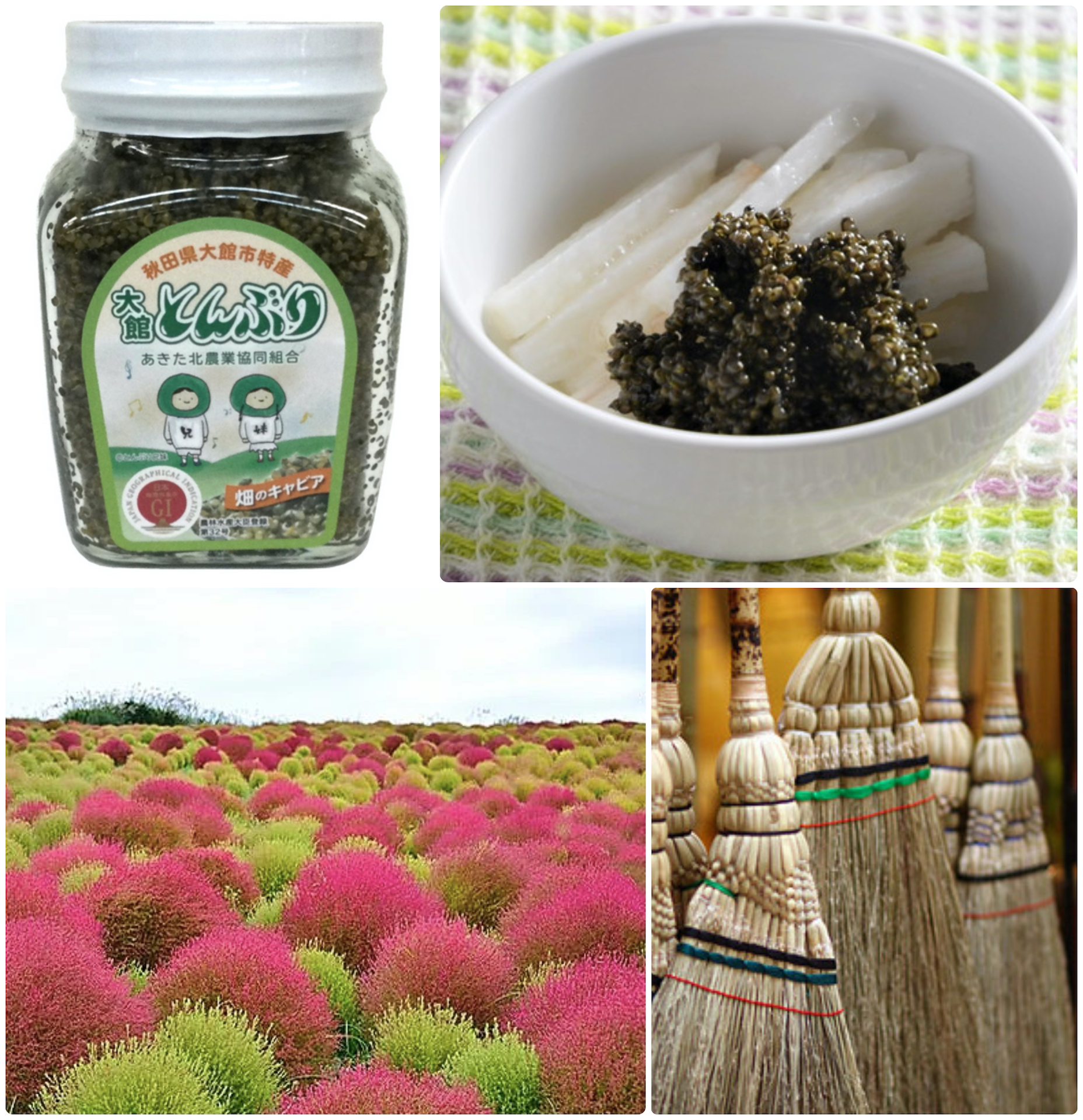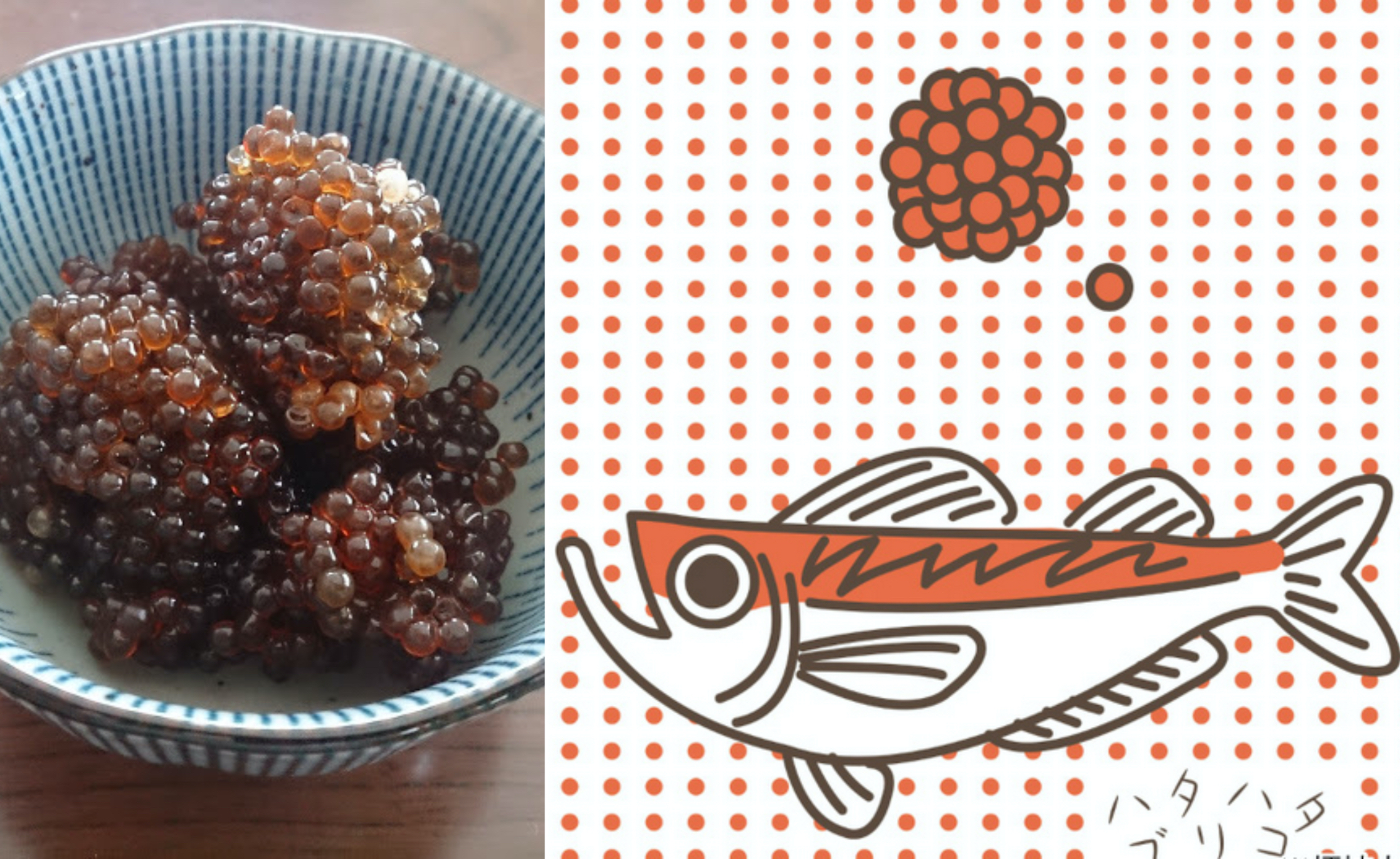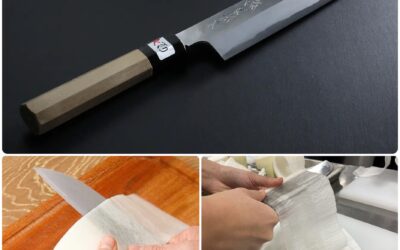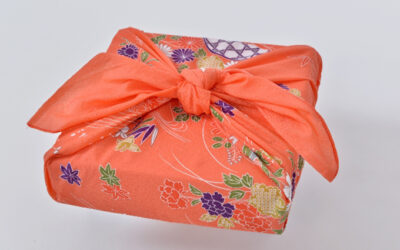
The Japanese eat a number of “unusual” foods, and TONBURI (とんぶり) surely qualifies as one of them.
Tonburi are the seeds of Kochia scoparia/Bassia scoparia, also known as 箒草 hōki-gusa. Branches of the mature kochia plant are crafted into hōki brooms (yes, brooms that sweep the floor!) while the young seeds, 箒草の実 hōki-gusa no mi, can be rendered edible by drying, then boiling and soaking in cold water for about a day. After that, they are rubbed by hand to remove the tough outer husks.
Seeds to grow the kochia plant are sown in late April to early May; the plant matures over the summer months. By October the branches have begun to turn color, the maturing seeds turn a pinkish brown. Those that will be harvested for consumption have their branches cut and seeds thrashed. The bushy plant hōki-gusa turns a lovely deep pink color.
Tonburi seeds are tiny (1–2 mm diameter) black-green in color with a texture similar to caviar. So much so, that tonburi is often called hataké no kyabia (“caviar of the field”). Akita prefecture in the Tohoku produces most of Japan’s commercial crop.

About the name TONBURI
It is thought that the name tonburi, came from the seeds’ resemblance to the roe of hatahata (Japanese sandfish). In the Akita dialect sandfish roe is called buriko.
Often, tō at the beginning of a food indicates origins in China (the calligraphy 唐 pronounced tō, refers to the Tang dynasty of China (618-907 AD). Indeed, records show that tonburi was first cultivated in Japan during the Heian Period (794-1185 AD).
Over time the sounds tō and buriko slurred to become tonburi.
The October newsletter features tonburi. Download a copy from the archives (and subscribe to receive your own copy of future newsletters).
To explore the many culinary uses of tonburi, visit Project Tonburi.




